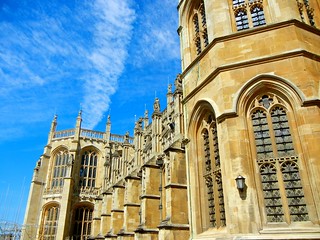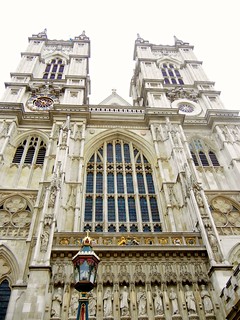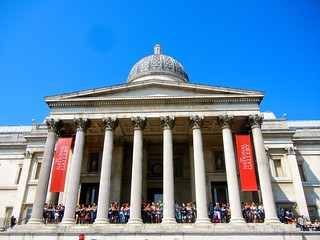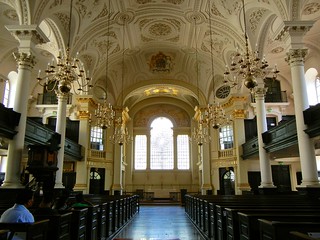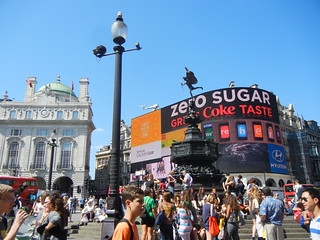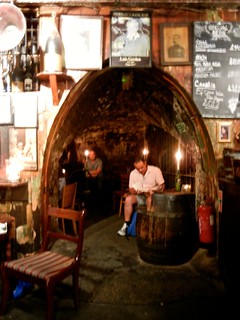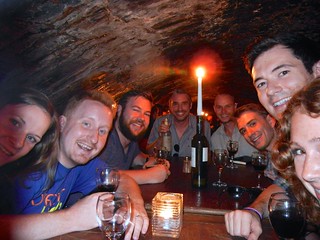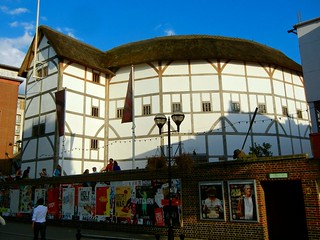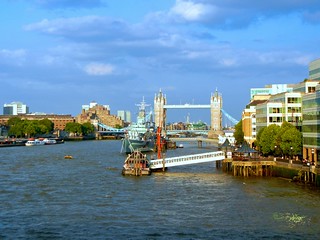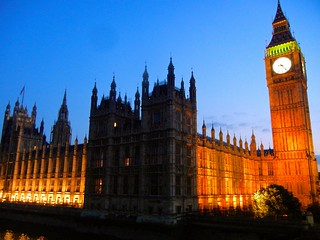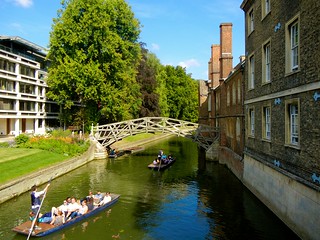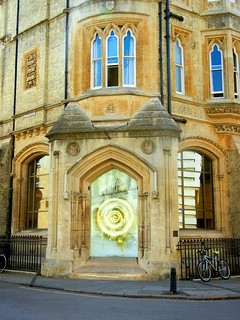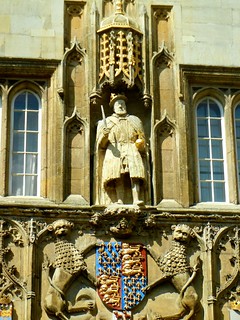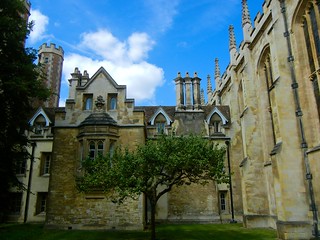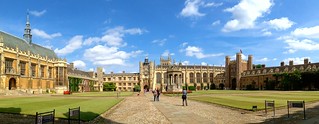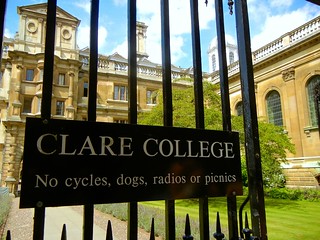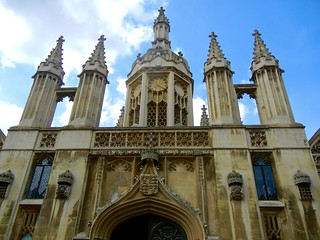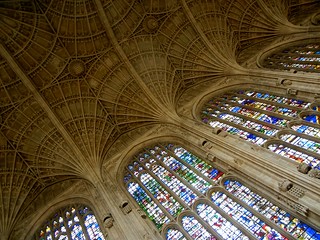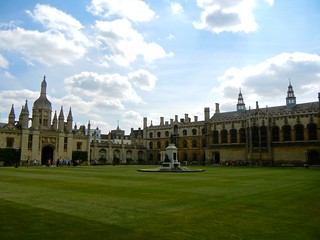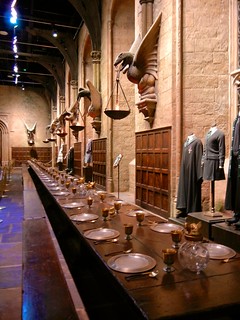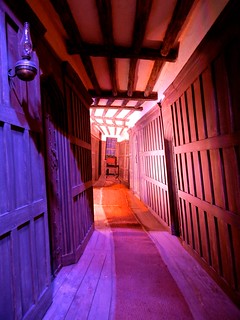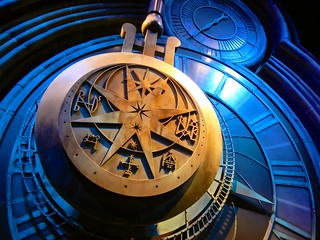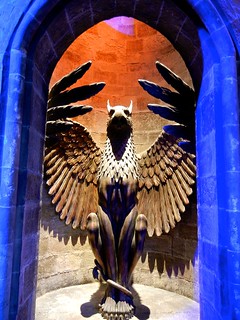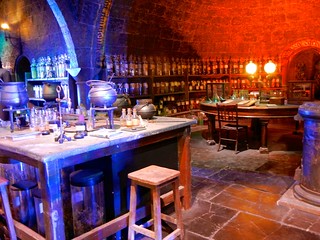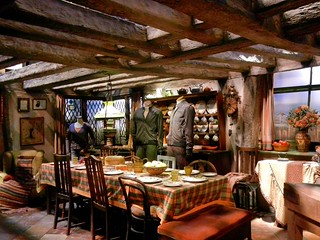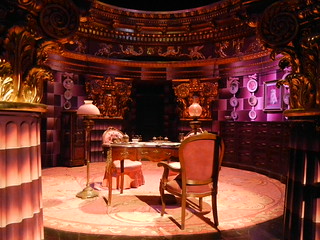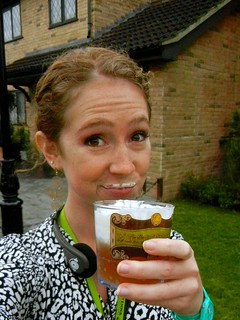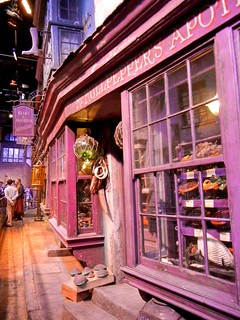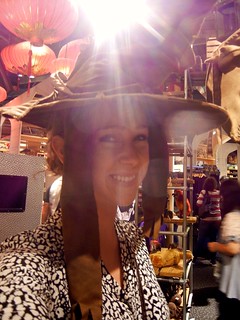 I mentioned in my previous post that several Trinity members organized daily excursions from our locus in St. Albans. The general set-up was to start the morning with a “full English” (breakfast) in the hotel, which was far fancier than my expected Yoplait and bagel, before setting off for our morning destination. We would have a few hours for a tour and our own free explorations, grab lunch, and board the bus to return by our scheduled rehearsal and evensong.
I mentioned in my previous post that several Trinity members organized daily excursions from our locus in St. Albans. The general set-up was to start the morning with a “full English” (breakfast) in the hotel, which was far fancier than my expected Yoplait and bagel, before setting off for our morning destination. We would have a few hours for a tour and our own free explorations, grab lunch, and board the bus to return by our scheduled rehearsal and evensong.
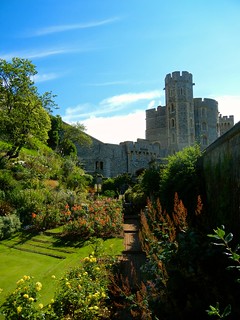 Our first stop was Windsor Castle, one (of what I presume to be many) official residence of the queen and the largest occupied castle in the world. What sets Windsor apart from many other castles in Europe, let alone in England, is that it forms the center of a small village -- small shops, restaurants, cafés, and homes (of, say, castle employees) are clustered within, along, and outside the castle walls, which creates a sense of community around an otherwise austere building.
Our first stop was Windsor Castle, one (of what I presume to be many) official residence of the queen and the largest occupied castle in the world. What sets Windsor apart from many other castles in Europe, let alone in England, is that it forms the center of a small village -- small shops, restaurants, cafés, and homes (of, say, castle employees) are clustered within, along, and outside the castle walls, which creates a sense of community around an otherwise austere building.
The castle itself is beautiful, our digital tours informative, and we were even able to see the changing of the guard (which takes approximately 45 minutes; we stuck around for maybe five of those minutes to see the band and listen to some unintelligible shouting, stomping, and gun-angling).
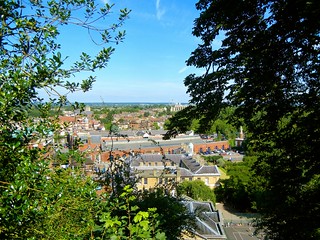 In the heart of the village is St. George’s Chapel, one of many central points of royal burial around London. (Westminster Abbey, for example, is another; but St. George’s houses monarchs from Henry VIII and George III to Edward VII and the Queen Mother.
In the heart of the village is St. George’s Chapel, one of many central points of royal burial around London. (Westminster Abbey, for example, is another; but St. George’s houses monarchs from Henry VIII and George III to Edward VII and the Queen Mother.
And no, the queen was not in residence when we visited. Hopes dashed.
The next day was a full-day excursion to London, beginning with a two-hour tour of Westminster Abbey. I’ll go ahead and confess that I knew very little of Westminster Abbey, which is apparently deserving of at least one of Dante’s circles, although I had a nagging suspicion that the royal wedding was held there. (Ding ding ding, although I should have known about it for many other reasons besides.)
 Westminster is the site of royal coronations in the UK, many weddings (but not all -- St. Paul’s just across the Thames reserves its right to quite a few), an incredible history across many monarchs, uprises, and changes in the Church, and the burial site of more famous individuals than I could have imagined, ranging from Charles Darwin and C.S. Lewis to Elizabeth I and Handel.
Westminster is the site of royal coronations in the UK, many weddings (but not all -- St. Paul’s just across the Thames reserves its right to quite a few), an incredible history across many monarchs, uprises, and changes in the Church, and the burial site of more famous individuals than I could have imagined, ranging from Charles Darwin and C.S. Lewis to Elizabeth I and Handel.
The history of this church was absolutely phenomenal, and if anyone is interested, I highly recommend Wikipedia as a substitute resource for what exactly this colossal building has seen over the last millennium.
We passed the Sherlock Holmes museum, which is based out of his fictitious residence on Baker Street, and although I was dragged kicking and screaming away from the line that trailed down the sidewalk (not really, but if I cared even a hair less about social norms I might have), this museum will remain among my Top 10 dream destinations in the UK should (or when) I ever return.
We revealed our inner tourists outside Buckingham Palace, taking photo after photo before moving on to Trafalgar Square, which has since become little more than a tourist- and street performer-ridden plaza. St. Martin-in-the-Fields was a pivotal stop for the singers among us, as it symbolizes something of a musical Mecca in the Church.
 We had the pleasure of having wine with a PR representative of Phoenix Chorale’s record label in Charring Cross Hotel, a hotel created for the sole historic purpose of housing travelers who arrived in Charring Cross train station just below the building. Many of these travelers were French, which led the hotel to be known for its extravagant French balls on weekends. Its first and second floors were grand, and offered a great view of the areas around it; however, our guide pointed out the hotel’s flat, uneventful roof, result of a bombshell in WWII. London lacked the funds to repair it, necessitating what must (to Londoners) seem to be an ugly replacement.
We had the pleasure of having wine with a PR representative of Phoenix Chorale’s record label in Charring Cross Hotel, a hotel created for the sole historic purpose of housing travelers who arrived in Charring Cross train station just below the building. Many of these travelers were French, which led the hotel to be known for its extravagant French balls on weekends. Its first and second floors were grand, and offered a great view of the areas around it; however, our guide pointed out the hotel’s flat, uneventful roof, result of a bombshell in WWII. London lacked the funds to repair it, necessitating what must (to Londoners) seem to be an ugly replacement.
This was a shocking theme in our time in London: the damages incurred in WWII. Anyone who has read Narnia (let alone history textbooks) knows this to be the case, and even Hayao Miyazaki draws heavily on the fears of bomb shells among (pseudo-)London residents in his animated films.
So as we made our way down a narrow street adjacent Charring Cross Hotel, our guide asked where else I’d been in Europe. At the mention of Paris, he scoffed and replied that London must seem an ugly city compared with the likes of Paris. I was surprised, and responded with complete honesty that even considering how little I’d seen of London, that wasn’t the case at all -- that I found Paris quite dirty, the architecture almost identical throughout, and many famous landmarks overrated.
 Our guide shrugged and said that London had once been beautiful, perhaps, but had been damaged so heavily by the war that new “atrocities” were built -- buildings from the 1960s that were reminiscent of communism, perhaps, or an architect’s bold attempt at creativity by raising a solid glass claw of a structure that shadowed the historic buildings around it.
Our guide shrugged and said that London had once been beautiful, perhaps, but had been damaged so heavily by the war that new “atrocities” were built -- buildings from the 1960s that were reminiscent of communism, perhaps, or an architect’s bold attempt at creativity by raising a solid glass claw of a structure that shadowed the historic buildings around it.
But I think it was these hints at London’s past -- both the good and particularly the terrible -- that I loved most.
 Our group shared another bottle of wine in Gordon’s, a wine bar open 24 hours a day, 7 days a week that features a wine cave narrow and low enough to send anyone into a claustrophobic fit. (I found it awesome, but I also don’t mind small spaces.) The walls and curved ceilings were charred black from centuries of candle smoke, groundwater trickled down the stone and toward the uneven cobbled floors, and the occasional rumble of wine glasses signaled a passing subway car.
Our group shared another bottle of wine in Gordon’s, a wine bar open 24 hours a day, 7 days a week that features a wine cave narrow and low enough to send anyone into a claustrophobic fit. (I found it awesome, but I also don’t mind small spaces.) The walls and curved ceilings were charred black from centuries of candle smoke, groundwater trickled down the stone and toward the uneven cobbled floors, and the occasional rumble of wine glasses signaled a passing subway car.
I mentioned in my last post that I’m a sucker for ruins; I’m also a sucker for awesome pubs, wine bars, and beer gardens. The older and quirkier, the better.
 The rest of our trip was something of a blur simply from how fast we had to move to fit our to-visit list into a daylight-limited day. We saw Shakespeare’s Globe, Millennium Bridge (featured in the sixth Harry Potter), the Tower Bridge (featured in Sherlock Holmes with Robert Downey Jr.), and London Bridge (nothing special). In the distance, we saw the turrets of the Tower of London, home of the Crown Jewels and a historic prison and medieval execution site. Also on the horizon loomed St. Paul’s, another famous church within the confines of the Church of England.
The rest of our trip was something of a blur simply from how fast we had to move to fit our to-visit list into a daylight-limited day. We saw Shakespeare’s Globe, Millennium Bridge (featured in the sixth Harry Potter), the Tower Bridge (featured in Sherlock Holmes with Robert Downey Jr.), and London Bridge (nothing special). In the distance, we saw the turrets of the Tower of London, home of the Crown Jewels and a historic prison and medieval execution site. Also on the horizon loomed St. Paul’s, another famous church within the confines of the Church of England.
After a ridiculously cheap dinner at an underground pub (which involved curry pie…oh my gosh), we gave a last visit to Big Ben, Parliament, and the London Eye, all of which were lit up in the evening hours.
And it was just before leaving for St. Albans that night that I realized how close we were to King’s Cross Station.
Before I knew it, I was speed-walking toward the gates like a zombie, thoughts focused only on Platform 9 3/4. In retrospect, there were so many things I didn’t even pause to consider, the least of which was whether I would need a ticket to get onto the platforms; but incredibly, miraculously, I saw it. A polished black sign read Platform 9 3/4, accompanied by the characteristic Hogwarts trolley in the process of vanishing through the platform wall.
And now, after trying to picture this scene for 15 years after having no idea what a train platform might actually look like, I can.
 Our last excursion was Cambridge, which was more of a treasure than I ever would have expected.
Our last excursion was Cambridge, which was more of a treasure than I ever would have expected.
Cambridge, like Windsor Castle, has something of a small village around it. The university owns this village of carefully preserved cobbled streets, historic buildings, and beautiful rivers and grassy squares. The floors above shops house students during their three annual terms, and the university’s 31 colleges are spread throughout the village, ranging from the town centre to the far outskirts across the river.
We had a guided tour of Cambridge, which only sealed the deal in my eyes: By the time we left, I was head over heels for this place. I write this while on the plane to Dallas, an official University of Cambridge letter jacket (lined with fleece and with a royal lion embossed on the sleeve) draped across my lap.
Besides my Butterbeer glass, this is my only souvenir, and I will be wear it with pride in hopes of one day returning.
Because if I ended up as a professor in this place, I would die of happiness before I even saw my office.
A few fun facts, but I’ll keep them to a minimum -- I won’t outline 2.5 hours’ worth of details, and trust that if you’re interested, you’ll consult either Wikipedia or Cambridge’s website.
Isaac Newton invented the cat flap.
I know, I just revealed the secrets of English history in one sentence.
But really…this happened. Isaac Newton, a student of Trinity College (which would be my college of choice out of the 31, given its scientific prowess), was also a professor there. A graft of the apple tree that spurred his theory of gravity now sits outside the college gates, just below the bay window that marks his bedroom.
C.S. Lewis was a student there, as well as Jane Goodall, Rowan Williams, Charles Darwin, Stephen Hawking (who, again, went to St. Albans School before college), Princes Edward and Charles, Emma Thompson, Rosalind Franklin, Lords Aberdeen, Kelvin, and Byron, Oliver Cromwell (the irony), and Francis Bacon (who clearly kept cropping up during my time in England).
But this place isn’t just a prestigious university, it has spirit and culture. I hope no staunch Duke fans are reading this (and if so, please save your opinion of me by skipping the next two paragraphs
…
…
…
good), but Duke sends me into minor panic attacks just from walking around its campus. It’s too perfect, too quiet, too austere, too serious about itself. It seems a place that, for me at least, would staunch the flow of creativity before it even had a chance to grow.
If you’re a Dookie, you can start reading again.
Cambridge is nothing like this. Students are boisterous, funny, and come in all forms of diversity. Intelligence isn’t gauged by test scores, but by interviews and tests of character and motivation. Tuition, although steep in European standards, pales in comparison to even my own alma mater, and from the looks of their scholarship statistics, they actually carry out their promise of supporting students who can’t readily afford tuition, boarding, and fees.
If this weren’t already clear, I couldn’t get enough of this place.
We finished up with a tour of King’s College Chapel, famous -- among many reasons -- for its prominent BBC feature every Christmas Eve, as well as for its internationally renowned boys choir.
Of all the churches, abbeys, cathedrals, and temples we visited over the course of this past month -- and trust me, I’ve seen more than I ever would have believed possible in this span of time -- I found the history of King’s College Chapel the most fascinating by far.
I suggested earlier that anyone interested in Westminster Abbey’s history consult Wikipedia, because yes, it’s fascinating.
King’s College is even more rich in its historical presence. From king to tyrant to conqueror, from war to peace to Reformation, from various stages of beautiful construction to near destruction, this place is just phenomenal.
Okay, I’m done.
Go read Wikipedia…like, yesterday.
And before I wrap up this post about our excursions, I want to tell a bit about the Abbey and Cathedral of St. Albans. (Tourists refer to it as the Cathedral; locals know better, and refer to it as the Abbey. The official title marries both.)
The Abbey boasts the seventh longest nave in the world, and is split into many smaller chapels and worship spaces. The name of the Abbey and town stems from Alban, who hid a Christian priest inside his home during a time when it was illegal to be a Christian in the late 200s, while living in the Roman city of Verulamium. Within a short period of time, he converted to Christianity and was later captured for it; however, even at the threat of death he didn’t renounce his faith to the Romans, and lost his head for it.
The first stone was laid in 1077 following the Norman invasion; however, the true date of completion wasn’t until the 1800s due to constant additions, destruction, changes, and expansion. As a result, its many sections stand at stark contrast to their surroundings as you move from, for example, grandiose Gothic arches to the simple, humble styles of the 1100s. There are ornately carved altars with dozens of perfectly contoured stone servants reaching dozens of feet high, and there are also medieval paintings on the walls of two-dimensional saints with snippets of script made illegible over the centuries.
It goes without saying that we were incredibly honored to be invited to sing at the Abbey, and that we (read: the choir; I sat with my hands folded somewhere behind the altos) did an excellent job throughout the week.
So enough of excursions.
One more post about our time in England, which will discuss a bit more about St. Albans and its many charms and treasures.

